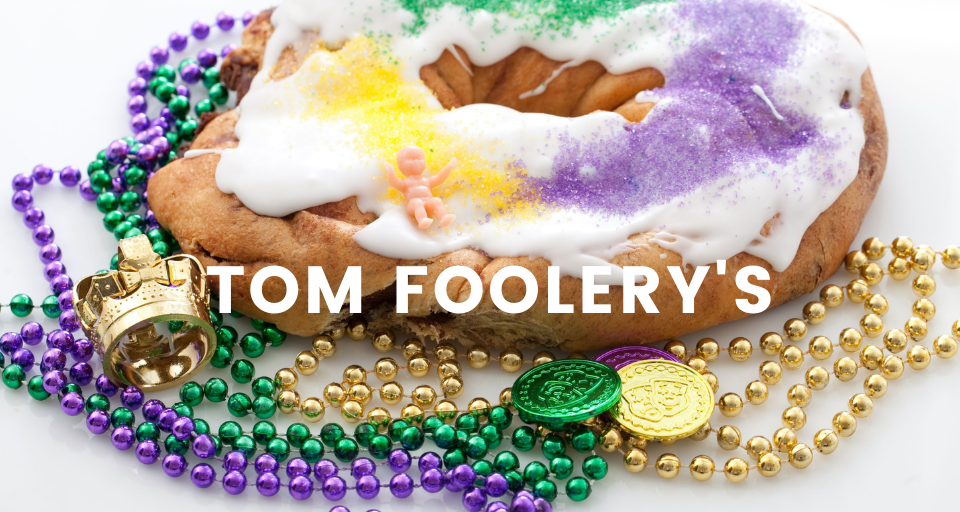
Toys For Tots Drop-off
December 11, 2020
Superstitious? What to eat (and not eat) on New Year’s Day.
January 1, 2021When you google, ‘Most popular Christmas dessert”, did you know gingerbread is the first thing that comes up? I had no idea! It’s been a minute since I gave you a history lesson on food and I thought I’d end the year with the history of gingerbread! There is so much information on where this little guy comes from but Martha Steward tells it best:
Even though it’s slightly grisly, the story of The Gingerbread Man (who runs away from a cow, a horse, and a chicken but gets eaten by a fox) has delighted children at Christmas since 1875, when it was published in St. Nicholas Magazine. The cookie’s ancestors and cousins have been enjoyed for far longer. Ginger is the underground root of a plant that originated in the tropical rainforests of Southern Asia and was exported to India and Europe during the early spice trades. According to The Gingerbread Book ($9.45, amazon.com), cakes made with ginger and molasses or honey were likely introduced to Western Europe by 11th-century crusaders returning from Mediterranean countries—early adapters of the spice. An “A-Z of Food & Drink” reports that recipes for the first “gingerbras” (from an old French word) called for breadcrumbs boiled in honey with spices.
Fairs in medieval France and England offered ginger-flavored sweet treats called fairings, according to the “Oxford Companion to Food.” Knights received a piece for good luck in tournaments. Legend traces gingerbread men back to Queen Elizabeth I, who supposedly had her cooks mold the pastry into the shapes of her favorite courtiers and liked to give VIP guests ginger “biscuits” that were edible caricatures. Around the same time, there was a belief that if a woman ate a “gingerbread husband” it might lead to her marriage. One theory holds that since the “men” are really more toddler-shaped than adults, they came to represent the baby Jesus at Christmas. And the spices involved are sometimes thought to represent the exotic gifts of the Magi.
In Germany, gingerbread cookies called lebkuchen were heart-shaped and decorated with romantic messages. The city of Nuremberg became known as the “gingerbread capital of the world” in the 1600s, with master bakers creating elaborate works of art. (There was a guild with strict regulations. Only those who owned their own “smoke,” meaning an oven, could sell gingerbread.) The oldest recorded gingerbread recipe, dating to the 16th century, is kept in the Germanic National Museum in Nuremberg. Gingerbread from that city has “protected geographical indication” from the European Union, like Parmigiano-Reggiano and champagne.
Houses made of gingerbread may have been inspired in the early 1800s by the Brothers Grimm, who wrote about a witch’s cottage made of candy and cookies in “Hansel and Gretel.” Waves of immigrants brought gingerbread to America (George Washington’s mother is credited with one recipe), and the houses became particularly popular as Christmas decorations among the German population of Lancaster County, Pennsylvania-the “Pennsylvania Deutsch.” Gingerbread was used to decorate the branches that they brought into their homes during the holiday-precursors of the Christmas tree.
Whatever shape or style-men, houses, or simple squares-the aroma of cloves, nutmeg, cinnamon, and of course ginger is as intoxicating in the 21st-century kitchen as it was for that clever fox.


